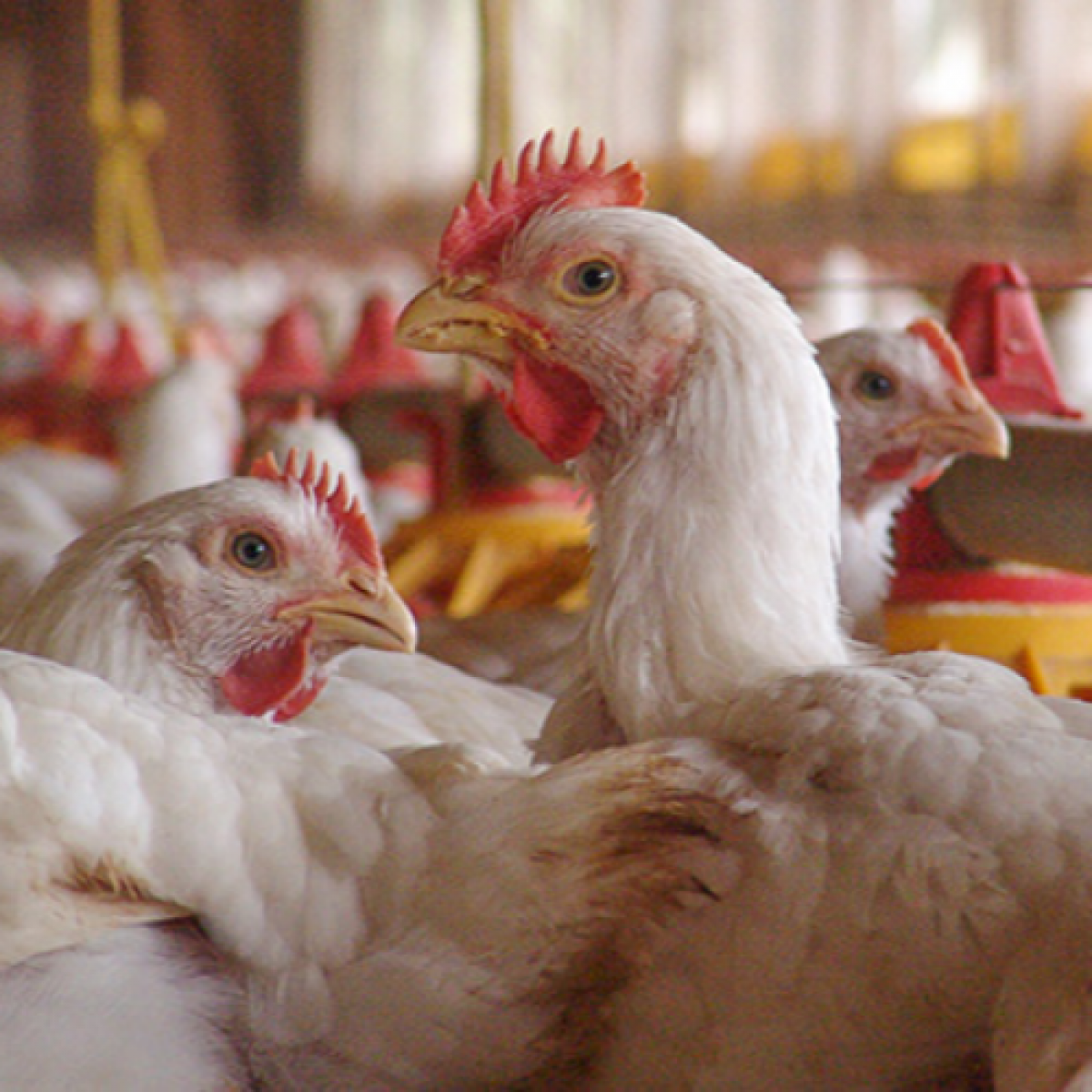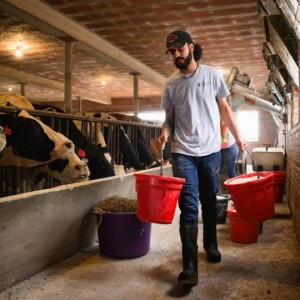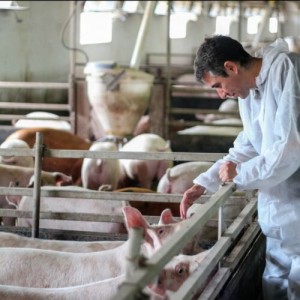New Research Projects to Address Challenges in Poultry Production
by Jenny Alonge
Several factors challenge the poultry industry, including poultry immunity, health, and production. As the world’s largest and most active poultry organization, the United States Poultry and Egg Association (USPOULTRY) typically contributes about a million dollars a year to poultry research. Projects usually focus on topics such as disease management and food safety. This research will hopefully provide new, science-based technologies to help mitigate obstacles that poultry producers encounter. USPOULTRY recently funded the following research projects.
Improving Salmonella surveillance in turkeys
Reducing foodborne Salmonella is essential to protect public health. In recent years, this point has been highlighted by high profile outbreaks in turkey flocks. Improved surveillance is needed to control these pathogens. Current surveillance techniques are limited to identifying the most abundant serotype. Nikki Shariat, PhD, assistant professor in the Department of Population Health, Poultry Diagnostic and Research Center (PDRC) at the University of Georgia, and her colleagues plan to address this limitation by using a high-resolution technique developed at the PDRC.
- The problem — Certain Salmonella serotypes are found in the processing plant that cannot be found in live production, presumably because they withstand processing interventions.
- The plan — The project is attempting to determine if a serotype is present in live production that is masked or hidden by serotypes that are more abundant, or better able to grow, during live production. Samples will be collected from turkey breeder flocks, hatcheries, birds going to the processing plant, and finished products. Salmonella serotype population will be profiled at each stage.
- The technology — PDRC’s new high resolution technique, CRISPR-SeroSeq, uses the sequencing information from the clustered regularly interspaced short palindromic repeats (CRISPR) region on the Salmonella genome for serotyping. This allows the researchers to identify every different serotype present in a sample, based on their CRISPR profile.
- The goal — The project’s goal is to provide detailed information on the Salmonella serotypes present, so producers can decide which strains to vaccinate against.
Improving the infectious laryngotracheitis virus vaccine
Infectious laryngotracheitis (ITL) is an economically important, highly contagious herpes virus that causes respiratory disease in chickens, turkeys, and pheasants. Once a bird is infected by ITL, they become a life-long carrier. They can shed the virus when they are stressed, but they are most contagious when they show clinical signs, including discharge from the eyes and nose, sneezing, failure to thrive, and decreased egg production. As the disease progresses, other signs include bloody discharge from the mouth and nose, difficulty breathing, and coughing. No treatment is effective against ITL. To address this problem, a North Carolina State University project led by Ravi Kulkarni, PhD, will attempt to improve the ILT vaccination.
- The problem — ILT vaccines are available, but they tend to be unsafe or ineffective. The live attenuated vaccines can potentially revert to virulence and cause full-blown ILT, or affect the birds subclinically so that they shed the virus. The recombinant vaccines are pox-vectored, and if the bird has been exposed to the pox virus prior to receiving the vaccine, ILT immunity will be minimal.
- The plan — Certain adjuvants that target specific cells in the birds may improve the recombinant vaccine’s effectiveness, and help birds develop a stronger immunity.
- The goal — The researchers aim to create a safe, more effective ITL vaccine.
Improving late-cycle eggshell quality
Poor egg shell quality is a huge cost to egg producers. Modern egg-laying breeds can produce at a high rate past 80 weeks of age. This has increased the single cycling of layer flocks, causing increased focus on late-cycle shell quality, since egg shell quality at the end of the chicken laying cycle is typically reduced. Another factor influencing the increased focus on egg-quality issues is the egg industry’s continued movement away from inducing moulting for a second laying cycle.
Moulting is a natural physiological process that involves a bird periodically shedding and replacing their feathers. During this process, egg laying is halted, and the bird’s reproductive system is reset to prepare for the next laying cycle. In wild birds, this occurs seasonally, but in commercial birds, their controlled environment removes the seasonal triggers that cause moulting. Producers have traditionally induced moulting in commercial birds by removing or limiting food, and sometimes water, for several days, and by reducing their exposure to light to a normal day length. This causes the birds to lose significant weight, resulting in egg production cessation, and their reproductive system resetting. During induced moulting, hens have demonstrated behavioral changes indicating stress, and the process has raised serious animal welfare concerns.
A Mississippi State University study is evaluating whether limestone and phytase supplementation will improve eggshell quality in single-cycled laying hens, to help confirm if the feed can provide improved shell quality maintenance in late lay.
Incubation’s role in wooden breast syndrome
Wooden breast syndrome is a muscle-quality disorder that affects broiler chickens, resulting in tough and chewy breast meat. This issue affects numerous broilers every year, and takes a substantial economic toll on the poultry industry. The condition is believed to be caused by abnormal fat metabolization in the broiler’s pectoral muscles.
Researchers at Auburn University will evaluate how variations in incubation temperatures impact early stage broiler embryos, including their skeletal muscle development and growth, feed efficiency, meat yield, and myopathy incidence.
Feed supplements’ impact on certain bacteria
Limiting antimicrobials to control disease and prevent antimicrobial resistance poses a challenge for combating avian pathogenic Escherichia coli (APEC) and colibacillosis. A University of Georgia research project will evaluate how trace mineral feed supplements affect these pathogens. This will allow for identifying and predicting virulent and resistant bacterial strains that may emerge or re-emerge in response to production practice changes.
Continued innovative research will help the poultry industry address challenges to maintain consumer confidence and safety. This will allow the industry to fulfill human demands, and ensure a sustainable product.














List
Add
Please enter a comment